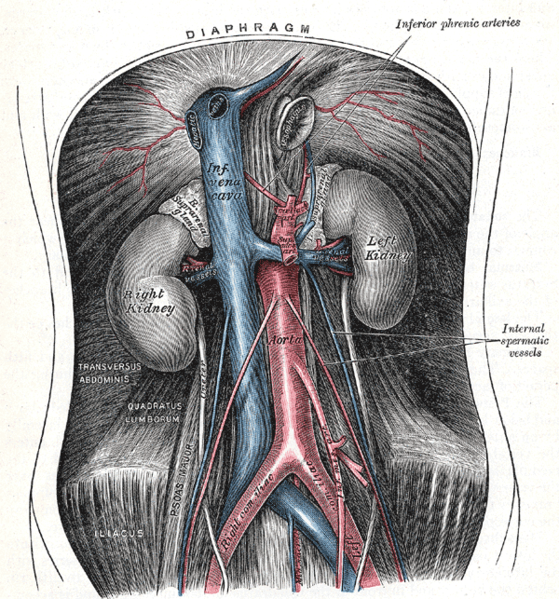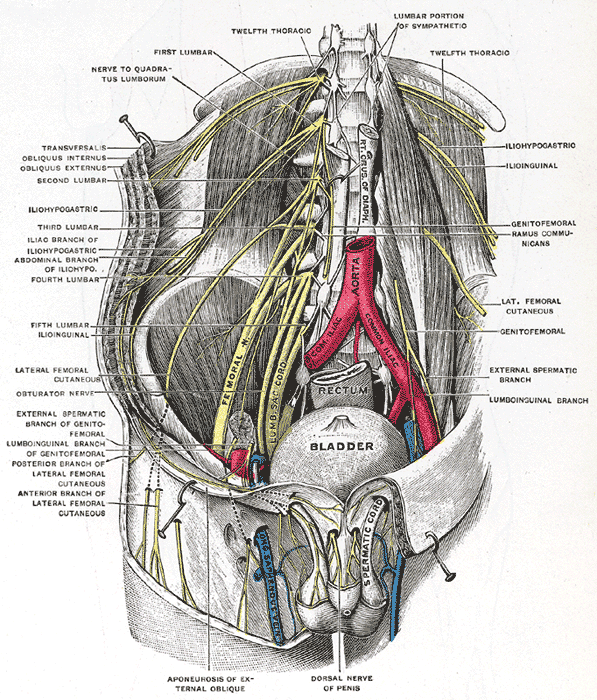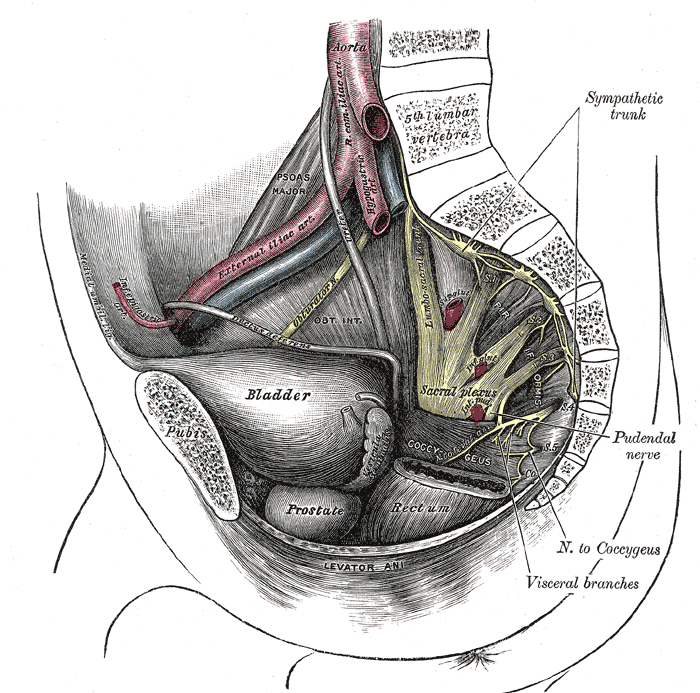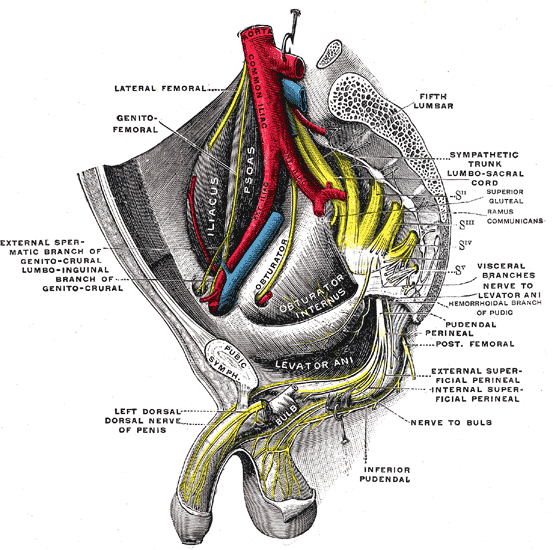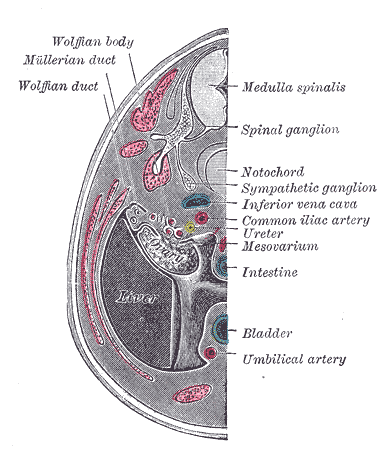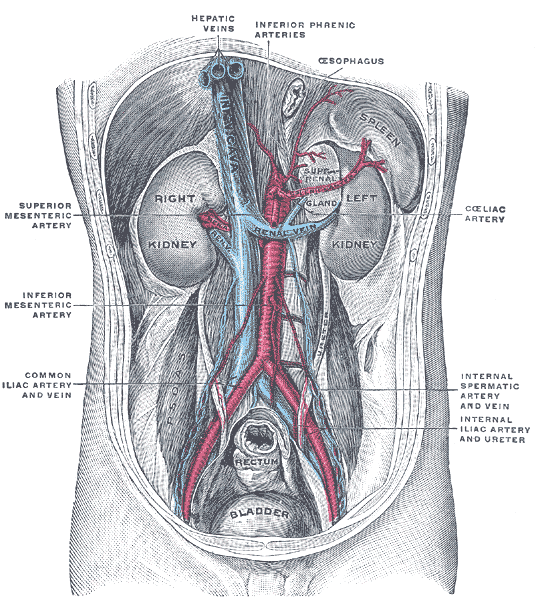Common iliac artery
| Cardiology Network |
 Discuss Common iliac artery further in the WikiDoc Cardiology Network |
| Adult Congenital |
|---|
| Biomarkers |
| Cardiac Rehabilitation |
| Congestive Heart Failure |
| CT Angiography |
| Echocardiography |
| Electrophysiology |
| Cardiology General |
| Genetics |
| Health Economics |
| Hypertension |
| Interventional Cardiology |
| MRI |
| Nuclear Cardiology |
| Peripheral Arterial Disease |
| Prevention |
| Public Policy |
| Pulmonary Embolism |
| Stable Angina |
| Valvular Heart Disease |
| Vascular Medicine |
Editor-In-Chief: C. Michael Gibson, M.S., M.D. [1]
Please Take Over This Page and Apply to be Editor-In-Chief for this topic: There can be one or more than one Editor-In-Chief. You may also apply to be an Associate Editor-In-Chief of one of the subtopics below. Please mail us [2] to indicate your interest in serving either as an Editor-In-Chief of the entire topic or as an Associate Editor-In-Chief for a subtopic. Please be sure to attach your CV and or biographical sketch.
Overview
The common iliac arteries are two large arteries, about 4cm long in adults but more than a centimetre in diameter, that originate from the aortic bifurcation and terminate when bifurcating into the external iliac artery and internal iliac artery. The common iliac artery, and all of its branches, exist as paired structures (that is to say, there is one on the left side and one on the right).
The distribution of the common iliac artery is basically the pelvis and lower limb on the corresponding side.
Both common iliac arteries are accompanied along their course by common iliac veins.
Additional images
-
The abdominal aorta and its branches.
-
Deep and superficial dissection of the lumbar plexus.
-
Dissection of side wall of pelvis showing sacral and pudendal plexuses.
-
Sacral plexus of the right side.
-
Abdominal portion of the sympathetic trunk, with the celiac and hypogastric plexuses.
-
Lower half of right sympathetic cord.
-
Transverse section of human embryo eight and a half to nine weeks old.
-
Posterior abdominal wall, after removal of the peritoneum, showing kidneys, suprarenal capsules, and great vessels.
External links
- Template:GraySubject - "The arteries of the lower extremity"
- Template:GraySubject - "The veins of the lower extremity, abdomen, and pelvis"
- Hypogastric artery - thefreedictionary.com
- UMichAtlas|abdo_wall75 - "The Abdominal Aorta"
- Template:SUNYAnatomyLabs - "Posterior Abdominal Wall: The Abdominal Aorta and Paraaortic Nerve Plexus"
- Template:SUNYAnatomyImage
Template:Arteries of thorax and abdomen Template:SIB
